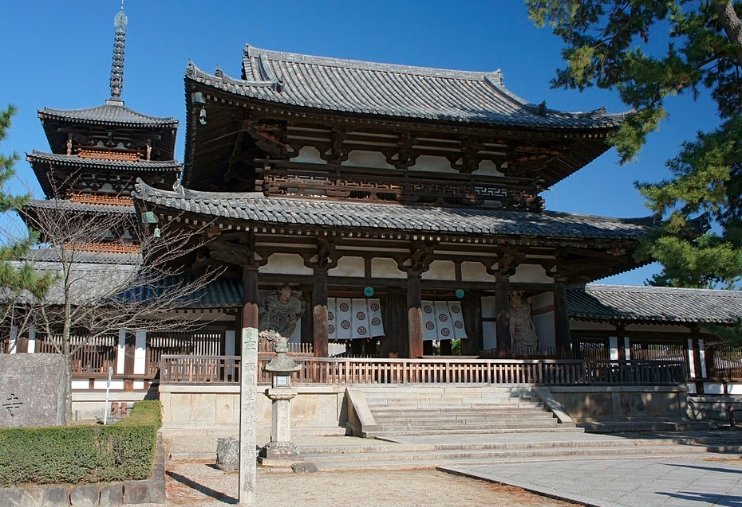A remarkable archaeological discovery has been made in Nara, Japan, where researchers have uncovered a 1,300-year-old wooden strip that is part of the oldest known multiplication table in the country. This ancient artifact, found in the ruins of Fujiwara-kyō, offers a fascinating glimpse into the mathematical practices of early Japanese civilization. The wooden strip, inscribed with multiplication equations, highlights the advanced level of mathematical knowledge and administrative sophistication present in Japan during the late 7th to early 8th centuries.
Discovery of the Ancient Multiplication Table
The wooden strip was unearthed in 2001 during an excavation at Fujiwara-kyō, Japan’s ancient capital. Initially, researchers believed it to be a practice tablet, but further analysis revealed its true significance. The strip, measuring approximately 16.2 centimeters long and 1.2 centimeters wide, contains equations such as “9 x 9 = 81” and “4 x 9 = 36,” written in kanji characters. These inscriptions were identified using infrared light, which made the faded characters visible.
The discovery was made by a team from the Nara National Research Institute for Cultural Properties. Dr. Kuniya Kuwata, a senior researcher at the institute, expressed his surprise at the complexity of the multiplication table. He noted that the layout of the equations was similar to those found in Chinese and Korean multiplication charts from the same period. This suggests a significant level of mathematical exchange and influence between these ancient cultures.

The wooden strip is believed to have been used by a government official, likely for administrative purposes such as calculating taxes or organizing work schedules. The presence of such an artifact in Fujiwara-kyō underscores the importance of mathematics in the bureaucratic functions of early Japanese society.
Significance of the Find
The discovery of Japan’s oldest multiplication table is a significant milestone in the study of ancient Japanese mathematics. It provides concrete evidence of the advanced mathematical knowledge that existed in Japan over a millennium ago. The artifact also sheds light on the educational practices of the time, suggesting that government officials were expected to be proficient in basic arithmetic.
This find is particularly important because it bridges a gap in the historical understanding of mathematical development in Japan. Prior to this discovery, the earliest known Japanese multiplication tables were much simpler, often featuring only a few equations. The complexity of the Fujiwara-kyō table indicates a more sophisticated level of mathematical instruction and application.
Furthermore, the artifact highlights the cultural and intellectual exchanges between Japan and its neighboring civilizations. The similarities between the Japanese multiplication table and those from China and Korea suggest that mathematical knowledge was shared and adapted across these regions. This interconnectedness is a testament to the rich cultural interactions that shaped the development of early Japanese society.
Future Research and Implications
The discovery of the ancient multiplication table opens new avenues for research into the history of mathematics in Japan. Scholars are eager to explore the broader context of this find, including its implications for understanding the educational and administrative systems of the time. Further excavations at Fujiwara-kyō and other ancient sites may uncover additional artifacts that can provide more insights into the mathematical practices of early Japanese civilization.
The Nara National Research Institute for Cultural Properties plans to continue its investigations, using advanced technologies such as infrared imaging and 3D scanning to analyze the wooden strip and other related artifacts. These efforts will help to preserve the fragile artifact and ensure that its inscriptions are accurately documented for future study.
The discovery also has broader implications for the field of archaeology. It underscores the importance of re-examining previously unearthed artifacts with new technologies, as they can reveal hidden details that were not initially apparent. This approach can lead to new discoveries and a deeper understanding of ancient cultures.















